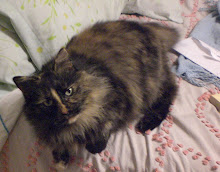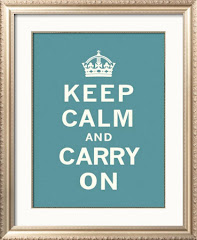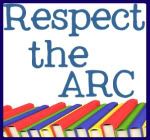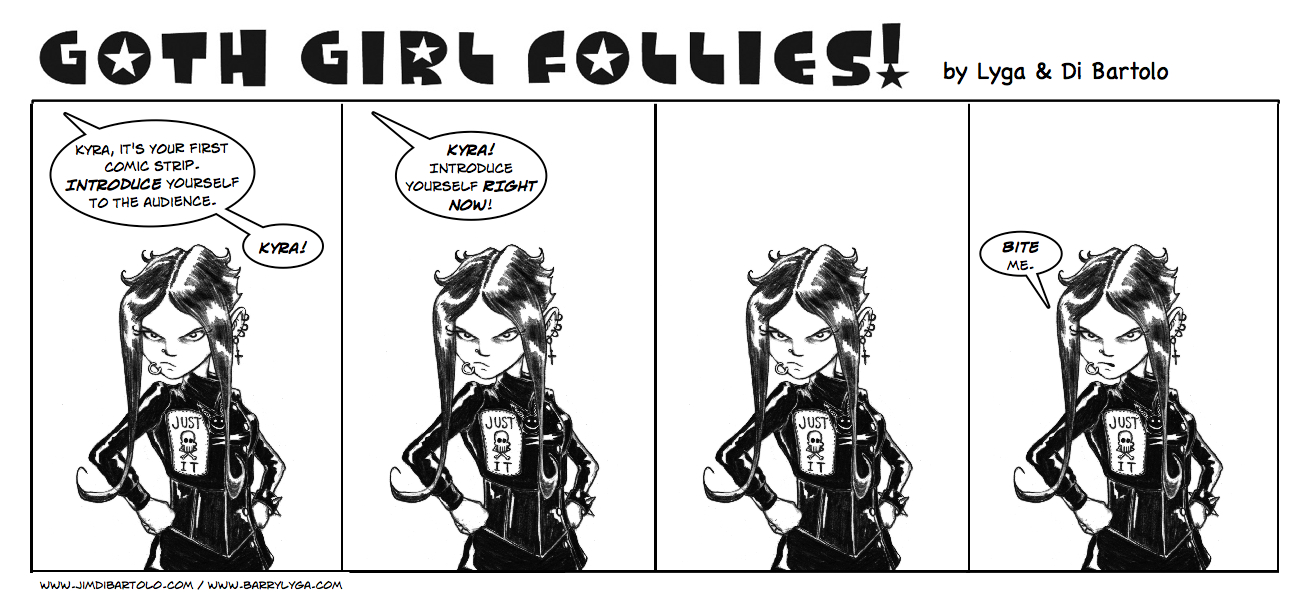For a chance to be that winner, just leave a comment that says what you like about vampires. Let her know which one of the books you would like. That's it. Don't forget your email, so you can be contacted if you're the winner. Of course, feel free to add to that and ask Susan questions about world building, writing, and anything else about books and writing that you have an interest in. She loves responding to reader questions and comments. Don't be shy. Giveaway ends Friday, 2/11/11. Without further ado, I leave you with Susan Hanniford Crowley...
How to Build A World
By Author Susan Hanniford Crowley
Since I am a fiction author, I will look a world building from that reference. Your first decision is the placement of your world. Will it be a world completely of the imagination? I mean a world that doesn’t already exist. Or will it be an unseen part of our real world? Or will it be a future or past world? Location as they say in business is everything.
Let’s start with the easiest—putting a slightly imaginary world side by side with the present day contemporary world. In the Harry Potter books, his world is mostly unseen by virtue of magic screening it from the eyes of non-magic or muggle folk. In my world of the Vampires in Manhattan series, my vampires are on the street and shopping with everyone else, but I have sanctuaries in the city, buildings that belong to them. I also count on the ability of New Yorkers to ignore anything different as long as it doesn’t hurt them. Having spent a lot of time in New York and having had family in the city, I have an instinct on what will or will not get a New Yorker’s attention and that has changed since 9/11.
Since I have a world already created, my rules apply to the abilities and actions of my characters. You must decide what your vampires, shifters, weres, and other human or non-human characters can and cannot do. What they cannot do will feature heavily in your story and add fuel to the plot. My Vampire David Hilliard for instance should not be out in the sun without his heavy hooded coat for protection. He prefers to sleep during the day but doesn’t have to. He has fangs that descend some of the time but only for particular reasons. David was in the 14th New York Infantry in the Civil War, and he was made a vampire during the Battle of Gettysburg. He returned to the city of his human birth, but has stayed up to date. You won’t catch David wearing antique fashions. In David’s book, The Stormy Love Life of Laura Cordelais, the reader gets a peek into the working magic book of a voodoo mambo and sees a list of ways to kill a vampire. Some items on the list are familiar but others have never been seen before and are unique to my world. That book is also a good example of a real world story and an imaginary world story, as the characters enter a hellish underworld in a part of the book. Transitions between worlds can be tricky and need to be planned out.
If you choose to center your plot around a disaster in the real world, read my book, When Love Survives, which is about two supernatural rescue workers who fall in love during the World Trade Center disaster. It was hard to write on a subject close to my heart and impacting so many. But it also shows how New Yorkers pull together in times of great need. For the writer, the book is an example of how to put fictional characters into an actual event scenario. Note: when using a real disaster, no matter how much you know about it personally, you will still have to do a ton of research. Find people’s journals and diaries online about the event. It gives you the different perspectives you need for your other characters.
Let’s look at the rules so far for World Building:
1. Time Period – I’m going to talk further on that later
Let’s look at the rules so far for World Building:
1. Time Period – I’m going to talk further on that later
2. Location
3. How that location functions or changes –New York 2011 is different from New York 1863.
4. Barriers – places within your location that may hinder, create conflict, or be dangerous
3. How that location functions or changes –New York 2011 is different from New York 1863.
4. Barriers – places within your location that may hinder, create conflict, or be dangerous
5. Safe places – places where your character feels safe and themselves, where they can meet with confidants. (In the movie “Serendipity,” the ice cream shop is a safe place.)
6. Sacred places and monuments – They have special meaning to the character—perhaps special powers when they are there. This is different from a safe place where a character can go to regroup, because high and low points of the story happen in Sacred Places—marriages, deaths, battles, etc.
6. Sacred places and monuments – They have special meaning to the character—perhaps special powers when they are there. This is different from a safe place where a character can go to regroup, because high and low points of the story happen in Sacred Places—marriages, deaths, battles, etc.
7. Items – plants with special properties, an amulet, a book, a wand, etc. —this is usual a treasure that the main character needs or wants in their lives, could be inherited, often is earned
8. Occupations – what do your characters do that make them blend with that location
In my A Vampire for Christmas, the heroine Georgia is a human with a special gift. She begins the story unemployed and fearing a stalker. The location is New York City at Christmas time. Unemployed at Christmas immediately sets the tone. When she becomes a part-time waitress in a coffee and donut shop, you know that she has to work hard for every penny. Her occupation blends perfectly with the city especially at Christmas time, as people are hurrying about and stopping for coffee. When calamity strikes her, it becomes that much more powerful an impact. When building your world, create the people who are the support services as well. We need the bank teller as much as we need the teacher. We need the waitress in the coffee shop too. Create a well-rounded world with people of all occupations in it.
What about diversity? If using the real world, it depends on the time period. New York is diverse in population in 2011. What about in 1626, when it was a Dutch colony? You have to make that decision for your imaginary world.
 I’m going to talk about building imaginary worlds now and end with time periods. When creating an imaginary world, all the above rules apply to you. You have a bit more to construct. Some people paint their world. Some draw maps. I have a book of maps that were created for Lord of the Rings. You may decide on containing your story on an island like most of Peter Pan. Or who may create a world like Tolkien’s Middle Earth. For your own piece of mind, do some sketching just so you know where everything is. Think of your map in the terms of Barriers, Safe Places, and Sacred Places. In Vampire in the Basement, my barrier was the forest, which if you think about it, in many stories the dark woods are a scary place where things happen. My safe place was a cave. My sacred place the family home. If you read the story, you’ll immediately see why. Think about your story in the terms of Barriers, Safe Places, and Sacred Places.
I’m going to talk about building imaginary worlds now and end with time periods. When creating an imaginary world, all the above rules apply to you. You have a bit more to construct. Some people paint their world. Some draw maps. I have a book of maps that were created for Lord of the Rings. You may decide on containing your story on an island like most of Peter Pan. Or who may create a world like Tolkien’s Middle Earth. For your own piece of mind, do some sketching just so you know where everything is. Think of your map in the terms of Barriers, Safe Places, and Sacred Places. In Vampire in the Basement, my barrier was the forest, which if you think about it, in many stories the dark woods are a scary place where things happen. My safe place was a cave. My sacred place the family home. If you read the story, you’ll immediately see why. Think about your story in the terms of Barriers, Safe Places, and Sacred Places.  In Poseidon’s Catch, I had to create Mount Olympus, the home of the Greek Gods, but I focused on the parts where story takes place—Poseidon’s bedroom, a hallway, the chambers of Aphrodite, and the throne room of Zeus. It’s like interior decorating. I had to think what is important to each character and design accordingly. Especially important are items because they are linked to your character(s)’ powers. Poseidon’s Catch and The Stormy Love Life of Laura Cordelais are the only two I have where in anywhere from a third to half the book my characters live in an imaginary world. That was my choice. You may choose to create a vast splendid world and I hope you do. All of us could use another great world to enjoy. From the world of Peter Pan by J.M. Barrie: “If you shut your eyes and are a lucky one, you may see at times a shapeless pool of lovely pale colours suspended in the darkness; then if you squeeze your eyes tighter, the pool begins to take shape, and the colours become so vivid that with another squeeze they must go on fire." So be brave and create.
In Poseidon’s Catch, I had to create Mount Olympus, the home of the Greek Gods, but I focused on the parts where story takes place—Poseidon’s bedroom, a hallway, the chambers of Aphrodite, and the throne room of Zeus. It’s like interior decorating. I had to think what is important to each character and design accordingly. Especially important are items because they are linked to your character(s)’ powers. Poseidon’s Catch and The Stormy Love Life of Laura Cordelais are the only two I have where in anywhere from a third to half the book my characters live in an imaginary world. That was my choice. You may choose to create a vast splendid world and I hope you do. All of us could use another great world to enjoy. From the world of Peter Pan by J.M. Barrie: “If you shut your eyes and are a lucky one, you may see at times a shapeless pool of lovely pale colours suspended in the darkness; then if you squeeze your eyes tighter, the pool begins to take shape, and the colours become so vivid that with another squeeze they must go on fire." So be brave and create.The last part that we will examine is Time. Tick tock. In what time period, is your story happening? If you’ve chosen an imaginary world, you’ll want to develop a time line as to when things happened in the story, even those events long ago that have influence on your current time. For my steampunk romance, Mrs. Bright’s Tea Room, I researched the daylights out of Victorian age London. When doing a time piece (no pun intended), you’ll want to know massive details like what they ate, wore (even underwear), their customs, language expression, and what they used in and for the bathroom or loo. Steampunk for those that don’t know came out of science fiction as a alternate history that focuses on the Victorian age either in England or in America. The movie “The Wild, Wild West” would be a perfect example of steampunk American style. “The Golden Compass” is an example of a steampunk set in an imaginary world. What makes it steampunk is the reliance on steam machines, dirigibles, and clockwork gadgets and/or robots (made of clockwork or steam).
Before you do a historical, I suggest you read a ton of historical novels your chosen time period and get used to how people expressed themselves. Go to museums and see the clothes, homegoods, and machines of that age. Read non-fiction books on that age. For Mrs. Bright’s Tea Room, I read about Queen Victoria and I took a workshop on the “Language of the Fan.” I also found a Victorian age expert and a dirigible expert. Get entrenched in that time period so you know everything about it and will be able to write your world for your character easier.
The bottom line to creating a world is getting the rules right. If all vampires in your world have fangs, then if one doesn’t, you have to have a reason for it. Write down your rules. Define your characters’ abilities. If they have powers, what are they and what limitations do they have? Remember Superman did not have powers on his home planet. Gravity is different on Earth, so here Superman could fly and punch someone further than normal. Does magic work in your world? When does magic fail? There is your conflict, the tension of your story. Is your world a world of science? When does science fail? Your rules are based on powers and limitations. When you find your balance between the two, your character will be in a safe place. For the benefit of your story, let them rest there for a second or two them move quickly to a barrier or sacred place where action will happen. Tension and stress moves a story forward. Whenever you see a story where the mentor is teaching the young prince or the young wizard, etc., you are looking at the safe place. With practice, you will get a handle on creating a believable world for the reader. Now go forth and create.
Before you do a historical, I suggest you read a ton of historical novels your chosen time period and get used to how people expressed themselves. Go to museums and see the clothes, homegoods, and machines of that age. Read non-fiction books on that age. For Mrs. Bright’s Tea Room, I read about Queen Victoria and I took a workshop on the “Language of the Fan.” I also found a Victorian age expert and a dirigible expert. Get entrenched in that time period so you know everything about it and will be able to write your world for your character easier.
The bottom line to creating a world is getting the rules right. If all vampires in your world have fangs, then if one doesn’t, you have to have a reason for it. Write down your rules. Define your characters’ abilities. If they have powers, what are they and what limitations do they have? Remember Superman did not have powers on his home planet. Gravity is different on Earth, so here Superman could fly and punch someone further than normal. Does magic work in your world? When does magic fail? There is your conflict, the tension of your story. Is your world a world of science? When does science fail? Your rules are based on powers and limitations. When you find your balance between the two, your character will be in a safe place. For the benefit of your story, let them rest there for a second or two them move quickly to a barrier or sacred place where action will happen. Tension and stress moves a story forward. Whenever you see a story where the mentor is teaching the young prince or the young wizard, etc., you are looking at the safe place. With practice, you will get a handle on creating a believable world for the reader. Now go forth and create.
Author’s Bio
Susan Hanniford Crowley has been a creative writing teacher for over 25 years. She is a member of SFWA (Science Fiction and Fantasy Writers of America) and RWA (Romance Writers of America). Susan writes science fiction, fantasy, and paranormal romance, and is an associate editor with Space and Time magazine (not a romance venue). Susan's fantasy work appeared in the Sword & Sorceress anthologies. In addition, Susan is a member of the Futuristic, Fantasy, and Paranormal chapter of the RWA. She is the founder of the Nights of Passion blog and is the author of the Vampires in Manhattan series. The 4th in the series is Vampire in the Basement. Tease Publishing LLC has also released her mythology romance Poseidon's Catch and her steampunk romance Mrs. Bright's Tea Room. All her books are available at http://www.allromanceebooks.com/ All Romance Ebooks.
The Stormy Love Life of Laura Cordelais is available in a special print edition through her website and in Kindle at Amazon Books.
Her website is http://www.susanhannifordcrowley.com/
Her Twitter name is SHCrowley.
Her Facebook name is Susan Hanniford Crowley.
Her Facebook name is Susan Hanniford Crowley.
Her romance blog is Nights of Passion http://nightsofpassion.wordpress.com/




















Wow I'm first, that never happens,
ReplyDeleteso I would love to win, a vampire for Xmas.
Thanks for the giveaway, these all sound great though,
recupefashion@hotmail.fr
I would love to win vampire in the basement. Thanks for the amazing giveaway
ReplyDeletemybookaddictionbookgirl@gmail.com
What I love about vampires? There is so many things, I love the broodiness/darkness they have Of course the sensual part as well and there is just something about the bite that sends shivers through me.
ReplyDeleteI would like to win A Vampire for Christmas
vampiremistress2010(at)gmail(dot)com
Good luck in the contest, everyone. I love the mystery about vampires myself. They are always keeping a secret.
ReplyDeleteIf I win ... I'd like a copy of "A Vampire for Christmas."
ReplyDeleteWhat I like about Vampires? The way they suggest we CAN rise from the coffin, stronger, faster, and more resistant to sickness or disease than ever before.
Hi Susan,
ReplyDeleteI enjoyed your essay very much.
You know I have a special weakness for vampires - their power, their mystery, and the dark kiss that enthralls.
I would like to win A Vampire for Christmas or Vampire in the Basement!
All the best.
Very informative blog, Susan!
ReplyDeleteHi Susan,
ReplyDeleteHey, great explanation of world-building! I took lots of mental notes and see where my worlds can use some more work.
Thanks for sharing this with us.
Pat
i love the mystery of vampires, how they can be similar yet so different depending on who writes them.
ReplyDeleteI am intrested in A vampire for christmas
Alice
Alicewhitewrites@hotmail.com
Susan, great tips on world building. Thanks for sharing with us.
ReplyDeleteThank you, everyone. Patricia Altner is the winner. I'll be emailing you. Everyone else, don't be sad. I have a special Newsletter contest happening right now and ending midnight of Valentine's Day. If you would like to get my occasional and confidential newsletter, please, email me at onlyladyknight(at)yahoo(dot)com. Put "Newsletter" in the subject line and I'll get that right out to you.
ReplyDeleteThank you, June, for having me. It's been fun.
--Susan